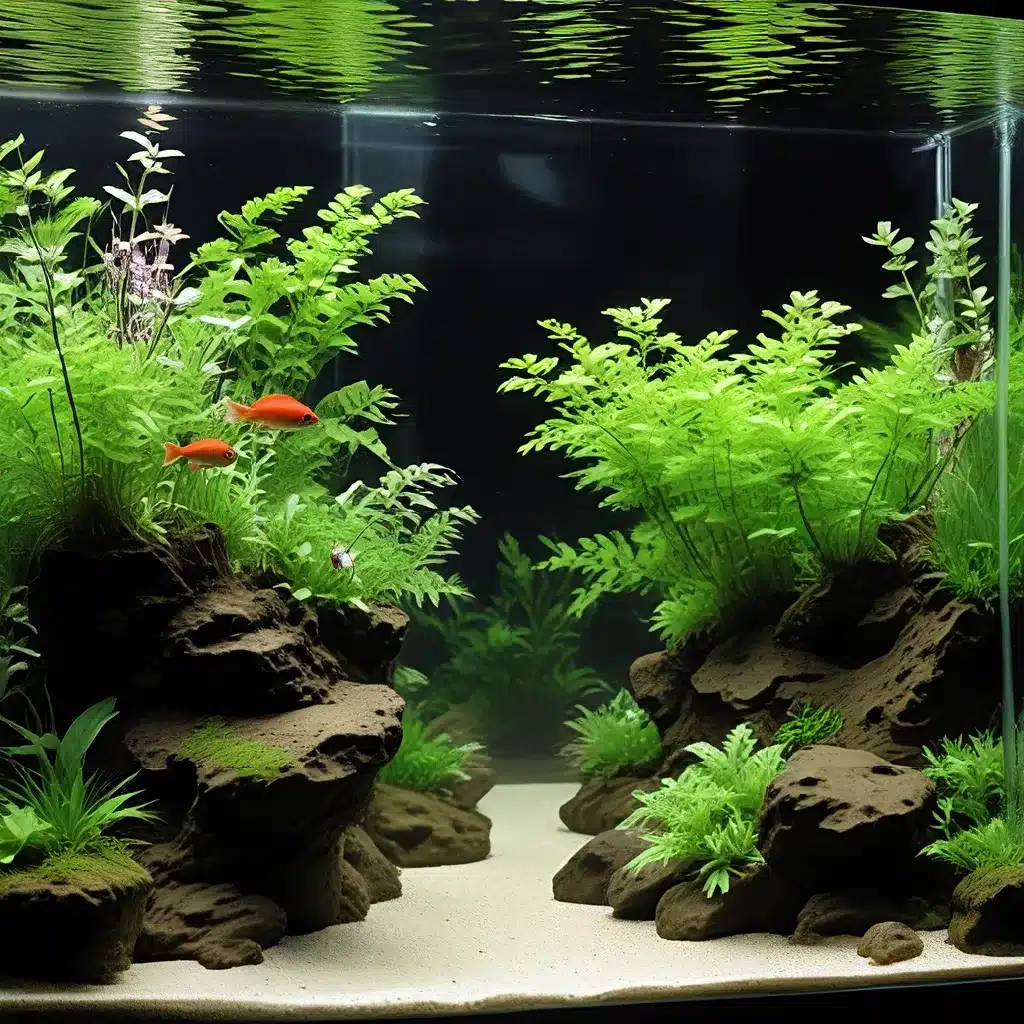
Understanding the Nitrogen Cycle: The Foundation of a Thriving Aquarium
Establishing a successful aquarium begins with a fundamental understanding of the nitrogen cycle, a natural process that occurs in all aquatic environments. This cycle involves the conversion of harmful waste substances, such as ammonia, into less toxic compounds, ensuring the well-being of your underwater inhabitants. By mastering the nitrogen cycle and avoiding common pitfalls, you’ll be on your way to creating a thriving and stable aquatic ecosystem.
The nitrogen cycle consists of three key stages: ammonia, nitrite, and nitrate. Ammonia, a highly toxic substance, is produced by the decomposition of organic matter and the excretion of fish. Beneficial bacteria then convert this ammonia into nitrite, which is also harmful to aquatic life. Finally, another group of bacteria transform the nitrite into nitrate, a less toxic compound that can be utilized by aquatic plants.
Cycling a freshwater aquarium is a crucial step in creating a thriving aquatic environment. This process allows the beneficial bacteria responsible for the nitrogen cycle to establish themselves, laying the foundation for a healthy and balanced system. Patience and a thorough understanding of the nitrogen cycle are essential to ensure the long-term success of your aquarium.
Avoiding Common Pitfalls: Strategies for a Smooth Cycling Process
One of the most common mistakes made by new aquarium enthusiasts is rushing the cycling process. Impatience can lead to disastrous consequences, as the aquarium may not have the necessary biological filtration capacity to handle the accumulation of ammonia and nitrite. This can result in toxic spikes, putting the health of your fish at risk.
To avoid these pitfalls, it’s essential to approach the cycling process methodically and with a focus on patience. Gradually introducing fish or adding a small bioload, such as a few hardy species, can help kickstart the nitrogen cycle without overwhelming the system. Regularly testing water parameters and closely monitoring the aquarium’s progress are also crucial steps to ensure a successful cycling process.
Utilizing a quality nitrifying bacteria supplement can accelerate the establishment of the beneficial bacteria responsible for the nitrogen cycle. These products often contain a concentrated blend of Nitrosomonas and Nitrobacter species, which are key players in the conversion of ammonia and nitrite. However, it’s important to remember that these supplements are not a substitute for diligent water testing and maintenance.
Maintaining a Balanced Aquarium: Ongoing Care and Management
Once the cycling process is complete and the aquarium has established a stable nitrogen cycle, the journey of aquarium keeping is far from over. Maintaining a balanced and healthy environment requires ongoing care and management, including regular water changes, monitoring water parameters, and addressing any imbalances that may arise.
Performing periodic water changes is essential to dilute the accumulation of nitrate, replenish essential minerals, and remove waste products. The frequency and volume of these water changes will depend on various factors, such as the size of your aquarium, the bioload, and the presence of live plants.
Alongside water changes, testing the water for key parameters, such as pH, ammonia, nitrite, and nitrate, is crucial. Staying vigilant and addressing any fluctuations or imbalances in a timely manner can prevent the onset of water quality issues and ensure the long-term health of your aquarium inhabitants.
Incorporating biological filtration media, such as ceramic rings or filter media made from natural materials, can further enhance the aquarium’s ability to process waste and maintain a stable nitrogen cycle. These media provide a large surface area for beneficial bacteria to colonize, improving the overall filtration efficiency and water quality.
Balancing Act: Aquarium Plants and the Nitrogen Cycle
The role of aquatic plants in the nitrogen cycle cannot be overstated. These living organisms not only contribute to the aesthetic appeal of your aquarium but also play a vital role in maintaining a balanced ecosystem. Aquatic plants can absorb and utilize the nitrate produced by the nitrogen cycle, effectively reducing the buildup of this compound in the water.
Incorporating a variety of fast-growing, nutrient-hungry plants can be a game-changer in your aquarium management. Species like Amazon swords, Vallisneria, and various stem plants are excellent choices for effectively competing with algae for available nutrients, helping to maintain a thriving and healthy environment.
When planning your aquascape, consider the synergistic relationship between plants and the nitrogen cycle. Strategically placing plants in areas with high water flow or near the substrate can enhance their ability to absorb and process waste products, further optimizing the overall efficiency of your aquarium’s filtration system.
Patience and Persistence: The Keys to Aquarium Cycling Success
Establishing a stable and healthy aquarium environment through the cycling process is not a task to be taken lightly. It requires patience, diligence, and a deep understanding of the underlying biological processes at work. By embracing this challenge and following best practices, you’ll be rewarded with a vibrant and thriving aquatic ecosystem that will bring you endless joy and satisfaction.
Remember, the cycling process is not a one-time event but an ongoing journey of monitoring, adjusting, and maintaining the delicate balance within your aquarium. Stay vigilant, be prepared to make necessary changes, and never hesitate to seek guidance from experienced aquarium enthusiasts or reliable online resources. With dedication and a willingness to learn, you’ll unlock the secrets to successful aquarium cycling and create a captivating underwater world that will inspire and delight.
Explore the King Aquarium website to discover a wealth of resources, expert advice, and the latest aquarium products to support your journey in establishing a thriving, healthy aquatic environment.

